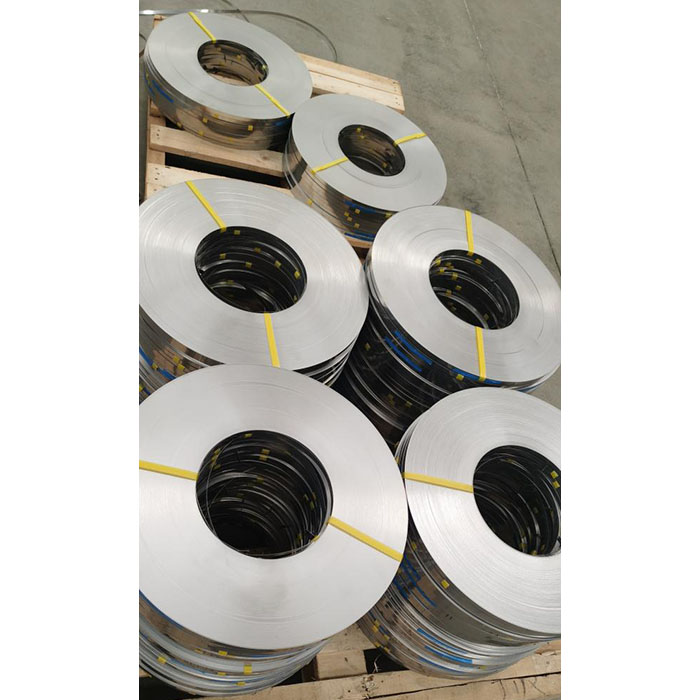

There are several key differences between 316 stainless steel strip and 304 stainless steel strip in performance and application, mainly reflected in corrosion resistance, strength, processability and application scenarios:
1. Chemical composition
304 stainless steel strip: mainly composed of 18% chromium (Cr) and 8% nickel (Ni), with good corrosion resistance and strength.
316 stainless steel strip: In addition to containing 18% chromium and 8% nickel, it also contains 2%~3% molybdenum (Mo), which makes it more corrosion resistant, especially in chlorine-containing environments.
2. Corrosion resistance
304 stainless steel strip: has good corrosion resistance, but may corrode in chlorides, seawater or certain chemicals, especially in sodium chloride environments (such as marine environments).
316 stainless steel strip: due to the presence of molybdenum, it has better corrosion resistance than 304 stainless steel strip, especially in seawater, chlorides and certain acidic environments, and can more effectively prevent corrosion.
3. High temperature resistance
304 stainless steel strip: can work at higher temperatures, usually up to about 870°C, but under high temperature conditions, its oxidation resistance and strength will decrease.
316 stainless steel strip: due to the addition of molybdenum, it has higher high temperature resistance than 304 stainless steel strip, usually can withstand high temperatures up to 1000°C, suitable for more severe high temperature environments.
4. Mechanical properties
304 stainless steel strip: has good strength and ductility, and is often used in most conventional applications.
316 stainless steel strip: usually similar to 304 in strength and toughness, but due to the addition of molybdenum, its corrosion resistance allows it to maintain higher strength and stability when used in more severe environments.
5. Cost
304 stainless steel strip: more economical, widely used in conventional industrial and household environments.
316 stainless steel strip: due to the higher molybdenum content, the production cost is more expensive than 304, so the price of 316 stainless steel strip is usually higher.
6. Application scenarios
304 stainless steel strip: widely used in kitchen equipment, household goods, chemical equipment, construction, food industry and other occasions with relatively conventional corrosion resistance requirements.
316 stainless steel strip: suitable for more challenging environments, such as marine facilities, chemical industry, pharmaceuticals, medical equipment, heat exchangers, marine vessels, salt water environment, etc., where corrosion resistance and high temperature requirements are high.
Summary: 304 stainless steel strip is suitable for general applications with low corrosion resistance requirements, such as food processing, kitchen supplies, etc.
316 stainless steel strip is more suitable for environments such as marine, chemical and medical environments with high corrosion resistance and high temperature resistance requirements, especially in harsh environments such as seawater and chloride.
Therefore, the choice of which stainless steel belt depends on the specific application requirements, whether stronger corrosion resistance and high temperature resistance are required, and budget considerations.
